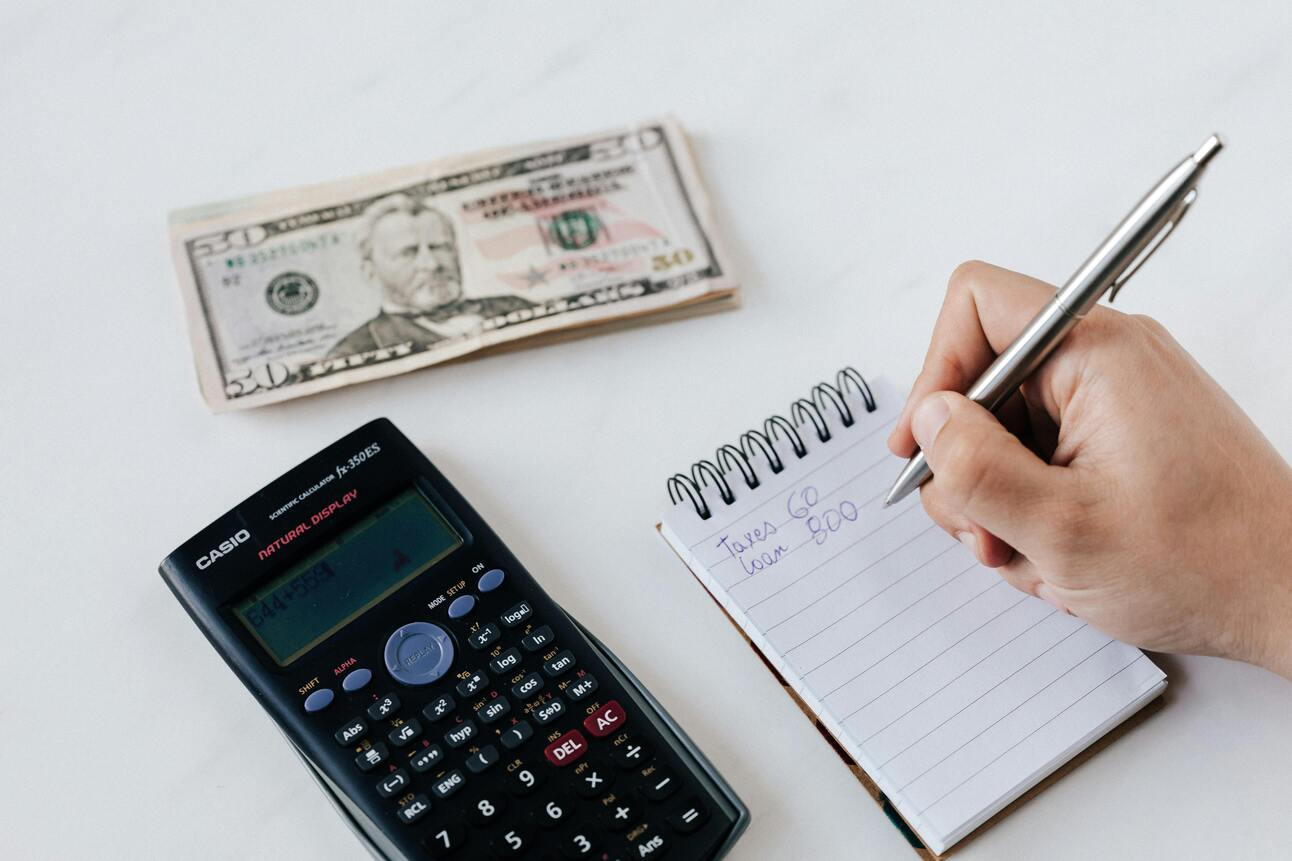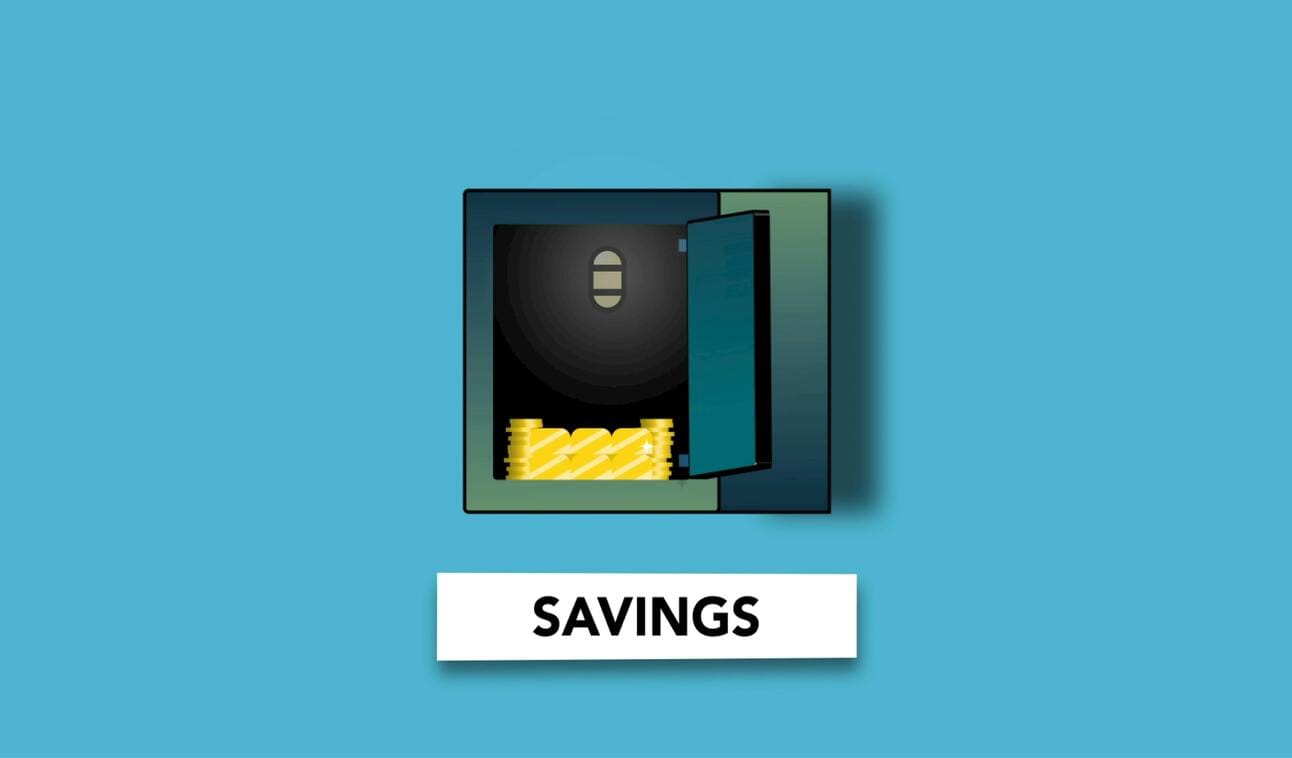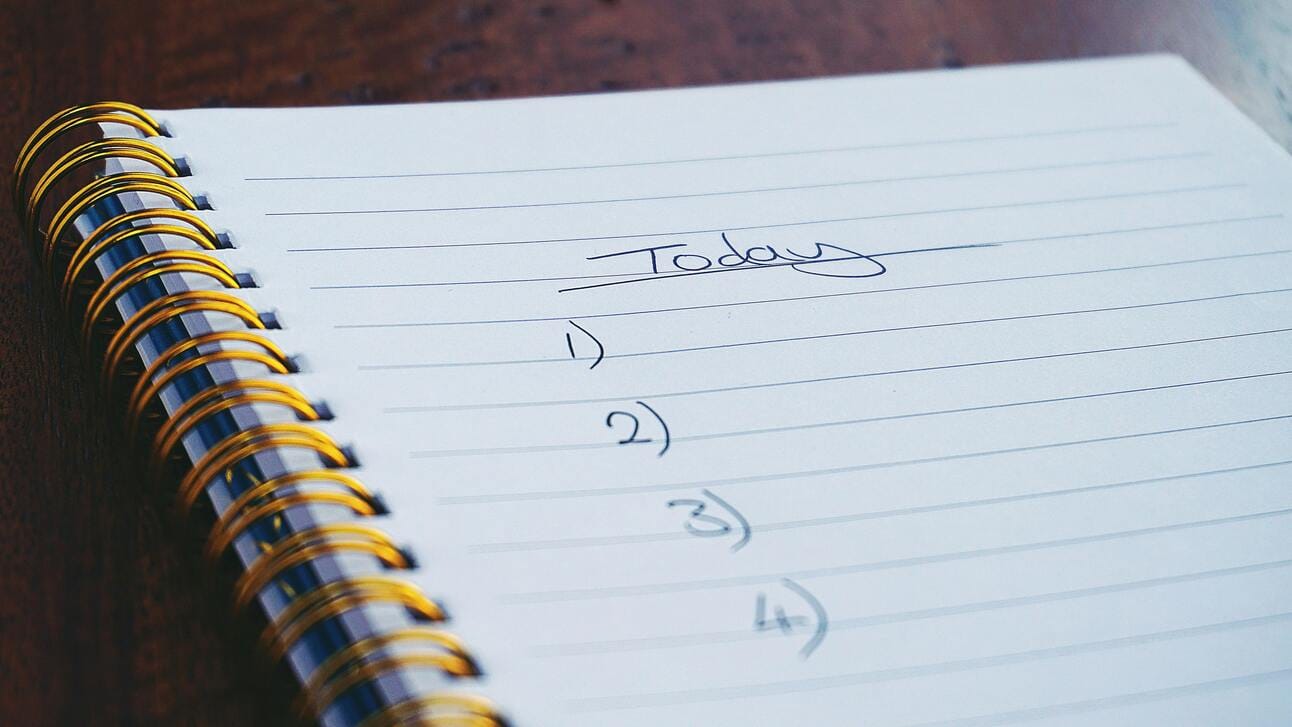- PhilipRey.com
- Posts
- How to Build an Emergency Fund
How to Build an Emergency Fund
Monday, June 17, 2024, Best Strategy
Life can be unexpected. You never know when you’re going to have a medical emergency, a car accident, or a loss of employment. “A 2022 Bankrate survey found that only 44% of Americans would be able to cover a $1,000 emergency from their savings.“ These emergencies, when not prepared, have left individuals and families homeless. As the cost of living increases, homelessness and joblessness will increase. It is essential that you have an emergency fund.
For those in poverty, when an unexpected emergency happens, they resort to credit. The interest rate for a credit card is typically above 20%. A $5,000 emergency that is financed at a 20% rate annually, will cost you $1,000 for the first year, and continue to increase in the following years due to compounding. Borrowing to cover for an unexpected expense can be the start of a financial hole that’s difficult to dig out of. An emergency fund protects you from having to go into debt to pay for an unexpected expense.
We’ll define an emergency fund as a separate cash reserve set aside for unexpected expenses.
How much do I need?

The amount you should have stored in your emergency fund can vary depending on your risk profile and what liabilities you have. The typical advice is one to three months of expenses saved. However, if you have a consistent income or have a salary, my personal recommendation is one to three months of gross income saved.
It’s important to set goals that are strong. If you choose to set your emergency fund goal based on expenses, when saving gets tough, you may find yourself negotiating with yourself what your monthly expenses are in an effort to lower your goal. That’s what you don’t want to do. If The Plan Doesn't Work, Change The Plan, Not The Goal. Set a goal that can’t be negotiated.
Build your emergency fund one step at a time. If you make your goal too large to start with, it will seem like an impossible task and you will lose motivation. An emergency fund should be psychology optimal rather than financially optimal. Your first step is to build momentum. If you’re starting from nothing your first goal should be to save at least $1,000.
Where should I keep it?

When deciding where to keep your funds, it’s important that it is in a vehicle that is safe from market downtowns and also safe from yourself. An emergency fund should be psychology optimal rather than financially optimal.
The typical advice is to store your emergency fund in a high yield savings account. This is deemed safe because commercial banks are FDIC insured. This will work and is good advice.
A high yield savings account doesn’t work for me, because I use my HYSA to save for high ticket items. I’m accustomed to withdrawing from that account. It’s important to keep your emergency fund separate from your other funds. You don’t want to get in the habit of spending it. I recommend keeping a one month savings in physical cash; that is in a safe location like a safe lock box. Keep the remainder of the fund in an app called Acorns. Let me explain why.
In the digital age, it’s becoming more and more convenient to spend money using a card or phone rather than cash. The act of having to open a lock box to access funds is enough to stop the urge of discretionary spending. Additionally, if your bank is to become insolvent, access to funds may become frozen. Governments, such as Canada and Greece, may also freeze bank accounts at their own discretion. Safety and accessibility is of utmost importance in regards to your one month emergency fund.
Acorns is an app I personally use to store the remainder of my emergency fund. It takes a week to withdraw funds from Acorns. Acorns rounds up every purchase you make to the nearest dollar and automatically invests those few cents. A benefit is that the amount that goes into Acorns is in direct proportion to your spending. I tend to spend more when I have a surplus of cash, and I spend less when I don’t. You can also decide the risk level of the investments. In this case, you should choose the portfolio with minimum risk.
This emergency fund construction is designed to be safe, process-oriented, while also having varying levels of liquidity. Most importantly, it protects the fund from yourself, so that you only touch it for true emergencies.
Steps on how to build it?

Invest in a safe lock box and keep it secure.
Setup the Acorns App. Follow the instructions. To start, just choose the roundups only option. You can add automatic transfers later once you’re comfortable with how this will impact you bank accounts. Make sure to link all of your valid accounts. And most importantly, choose the most conservative portfolio option.
Decide that every time you have an influx of money, that a dedicated amount or percentage of it goes to your emergency fund. Decide on an amount that is sustainable for you and be disciplined. Do this until it’s completely funded. Fund your one-month emergency fund first. When your one-month is fully funded, then allocate money to the Acorns fund until that is fully funded.
When should I use it?
You should only spend your emergency fund for real emergencies related to your necessities. This includes: a large medical bill, repairing a car you depend on for getting to work, paying for groceries after losing your job, etc. This buffer is important to keeping you out of the financial hole that debt will put you in.
Closing Statement
You are the product of your systems and habits. Create a system that incentivizes you to save and feel good when you do. Start small, watch your savings grow, and most importantly, start now!